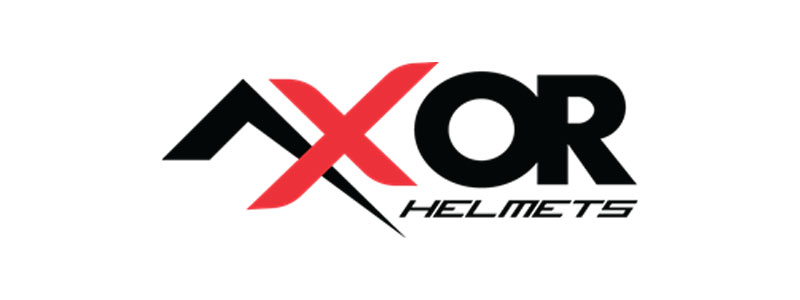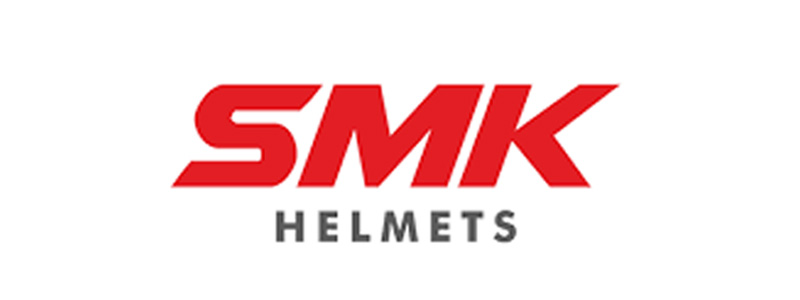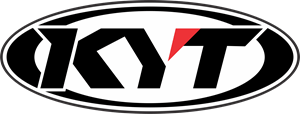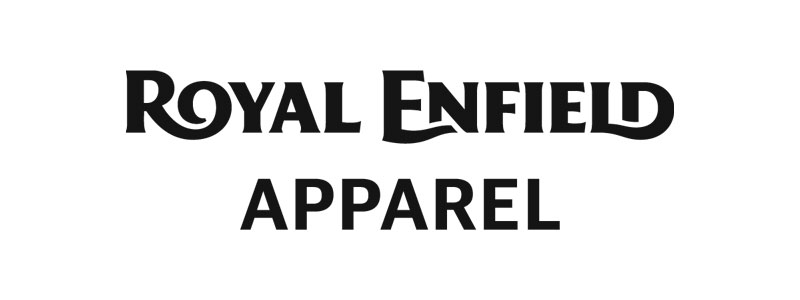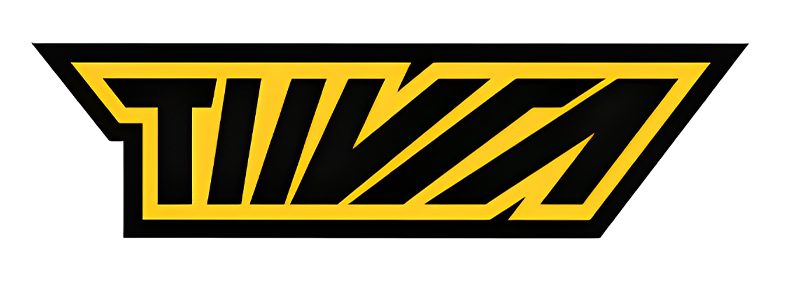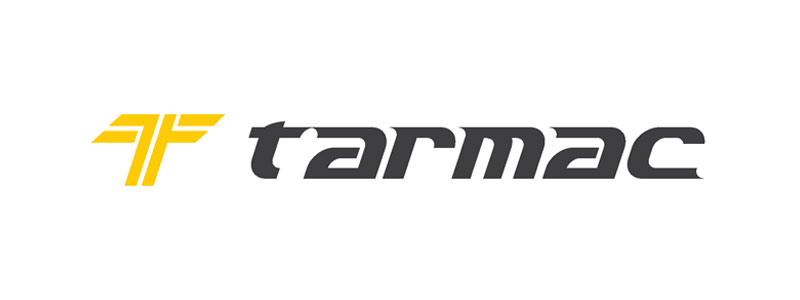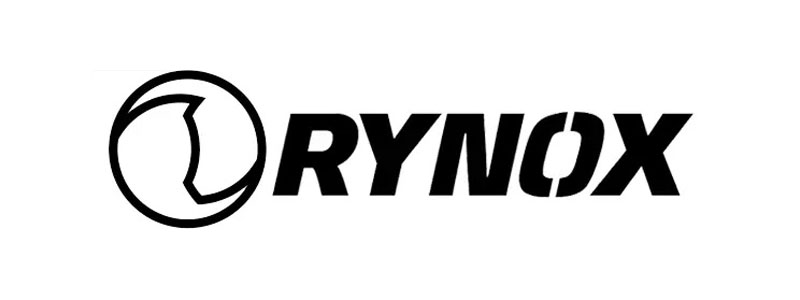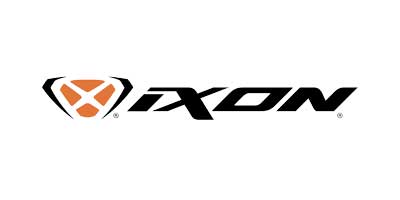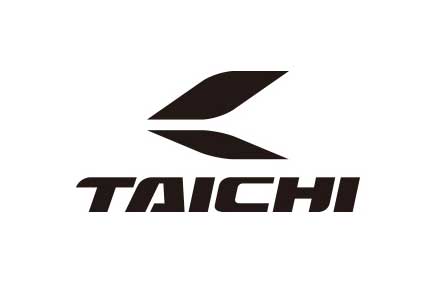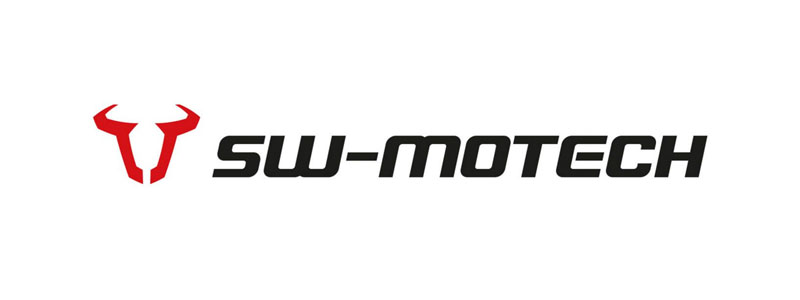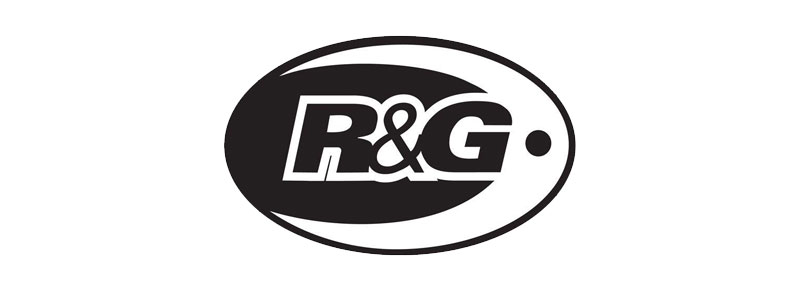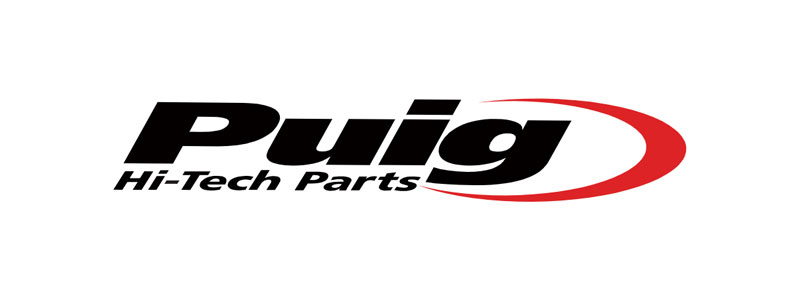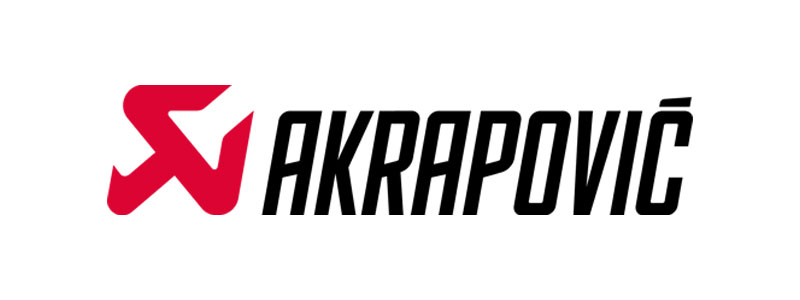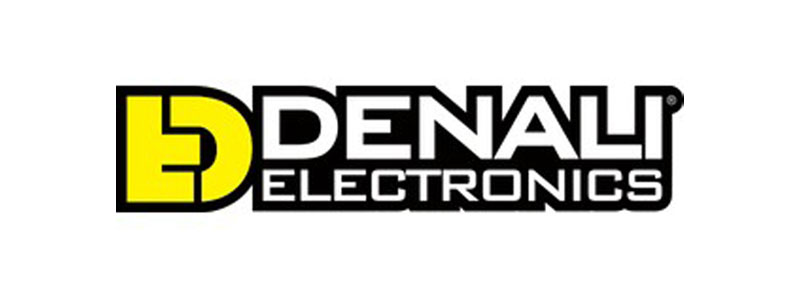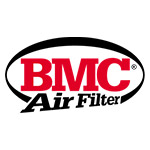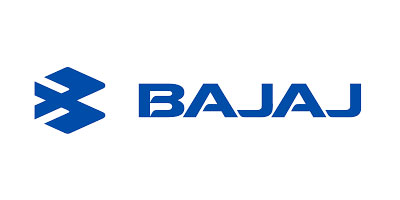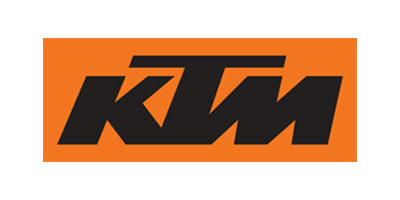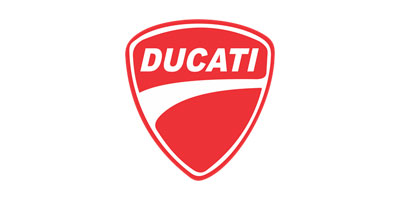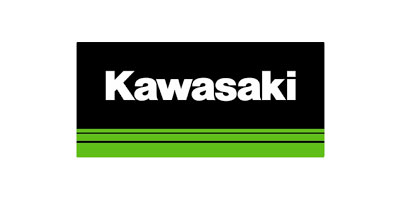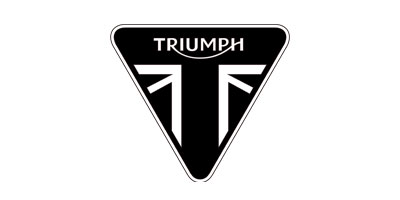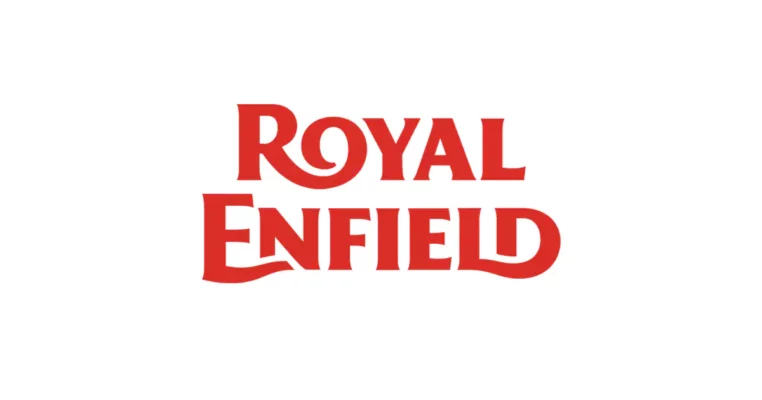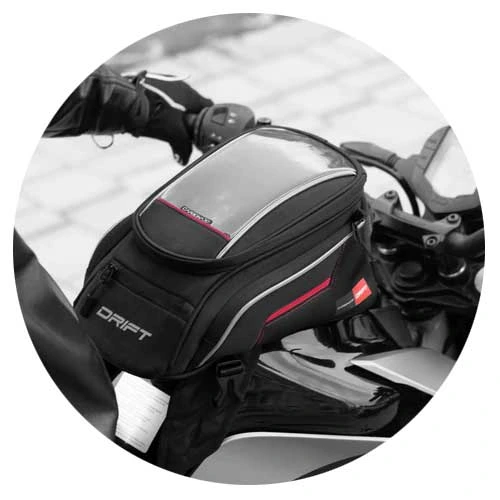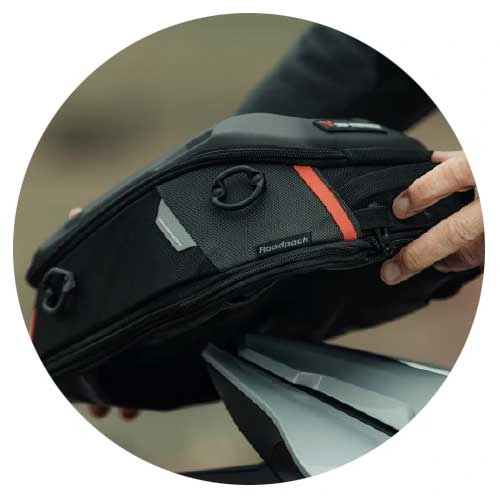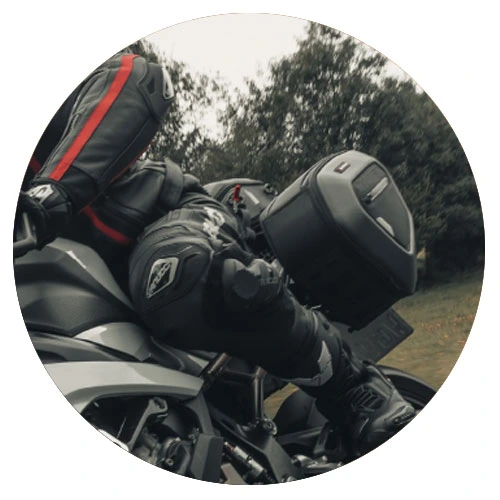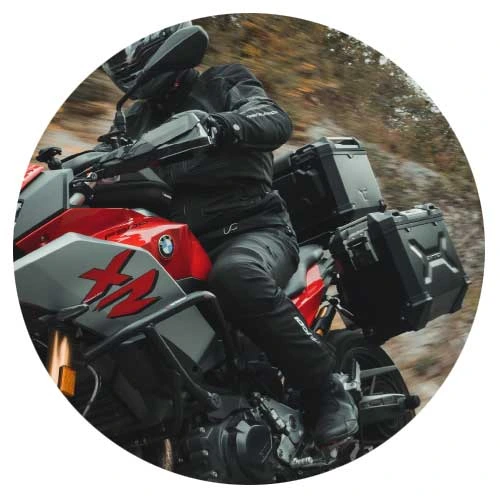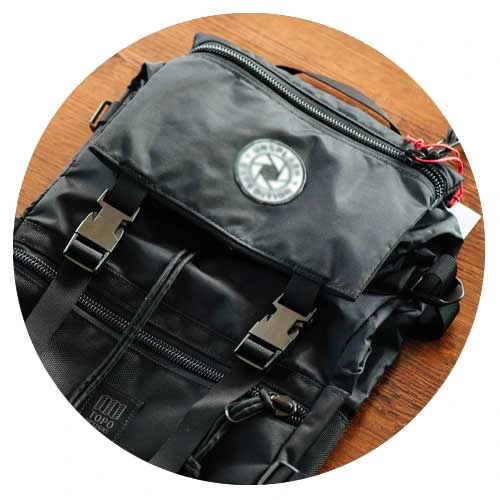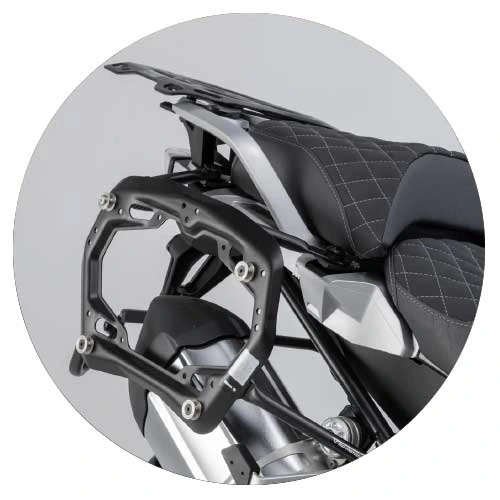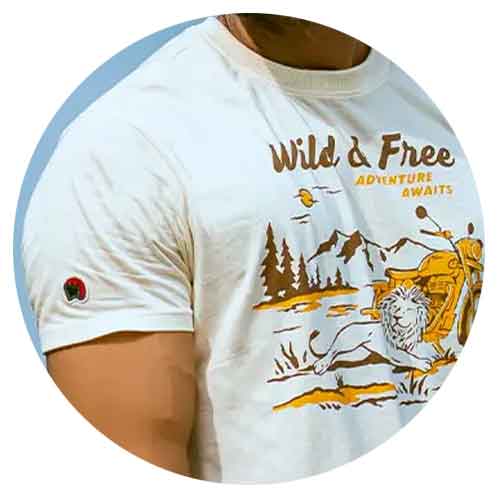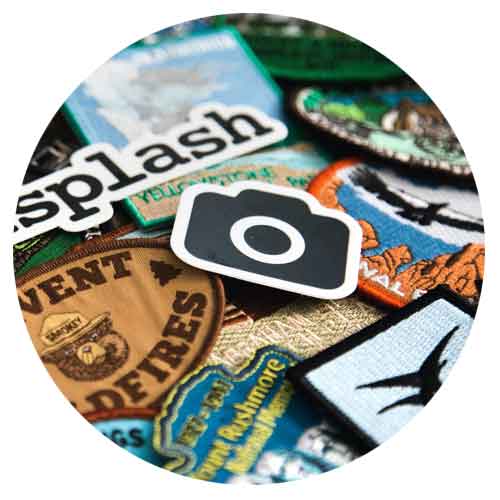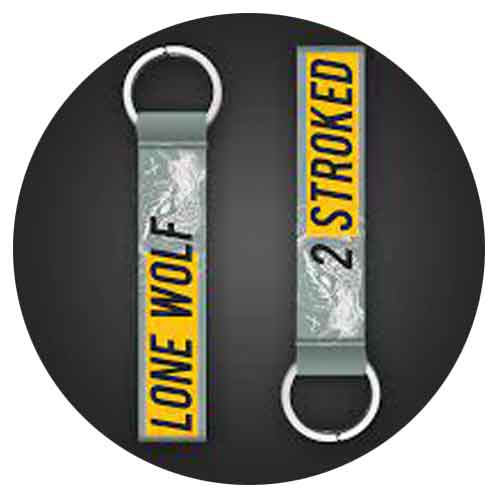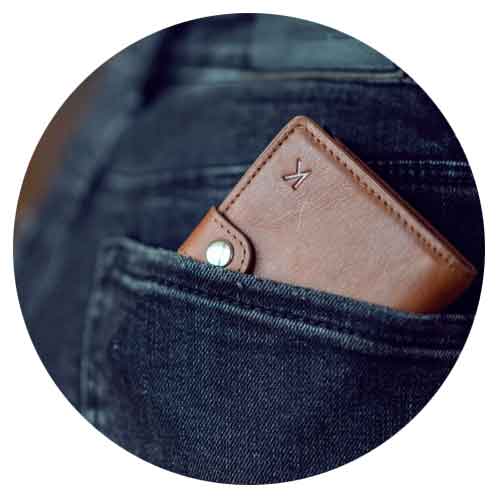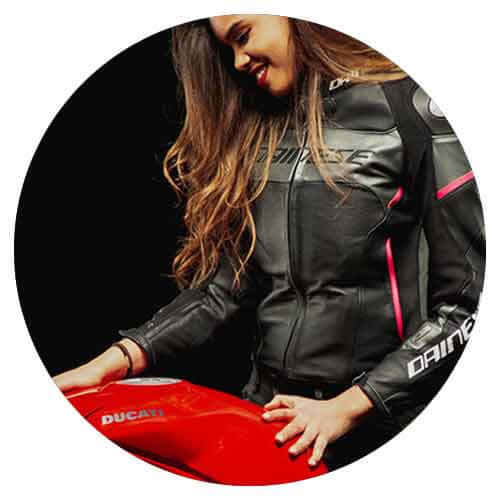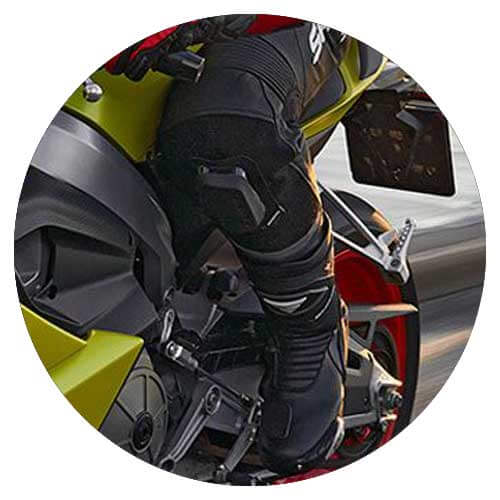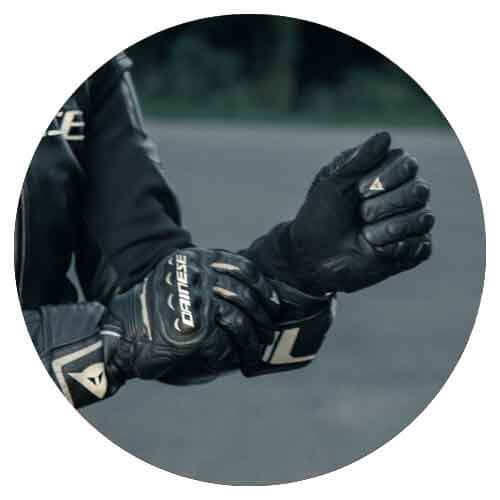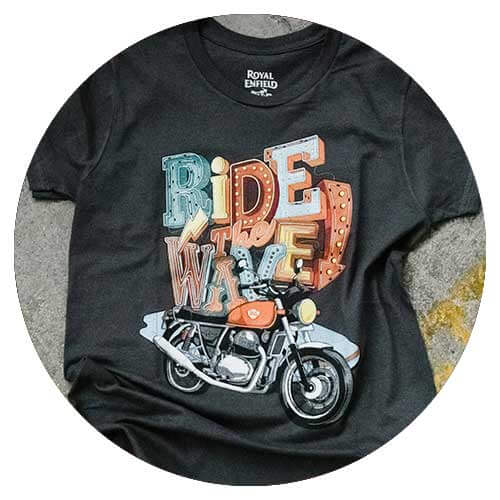Airbrushing is a popular form of art which is used to paint designs on different types of surfaces. This may include skin, clothing, canvas, motorcycles, and cars. It’s a great way for artists to flaunt their talent by utilizing the airbrushing technique for motorcycle and helmet designs as well as building murals.
The History of Airbrushing Art
Just as the innovative styles developed by airbrushing artists, the history of airbrushing is remarkable too. It is believed that ancient civilizations used a primitive form of airbrushing. This method mainly involved the use of hollow bones or horns of animals which would be filled with paint and blown from one end to generate patterns. Being extremely primitive and raw, this method still worked for our ancestors.
It was much later in the year 1893 that Charles Burdwick invented the atomizing type airbrush which was presented by Chandler and Thayer art company at the World Columbian Exposition held in Chicago. This airbrush was something like what we use today. Burdwick’s original company, Aerograph, still manufactures and sells airbrushes in England.
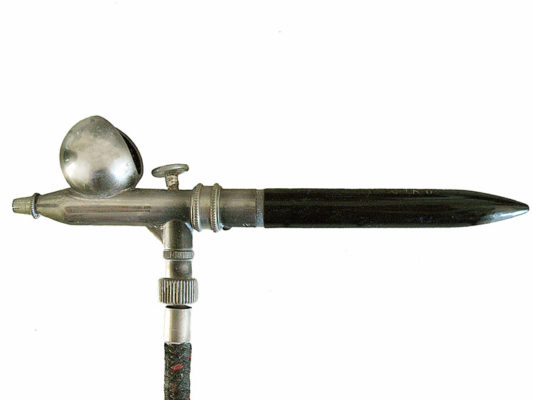
The Design and Working of Airbrushes
The basic principle of airbrushes involves the passing of a stream of swiftly moving air through a venturi, resulting in a local reduction of pressure. This allows the paint to be pulled from a reservoir at normal atmospheric pressure. The atomization of the paint is caused due to the high speed of the air and converts the paint into tiny droplets which are directed onto the surface to be painted.
The airbrushing artist controls the amount of paint using a variable trigger which resembles a fine tapering needle and serves as a control element of the metering component. The finer is the degree of atomization, the smoother is the blending effect that can be created by the artist using the airbrush.
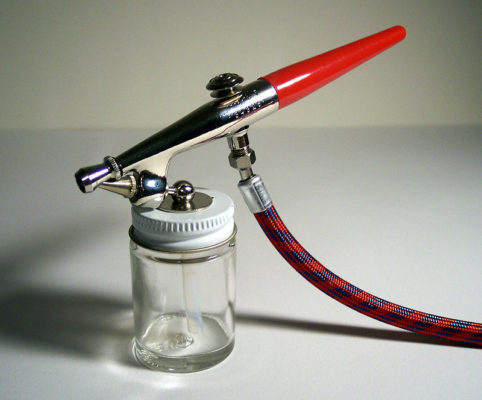
The Airbrushing Technique
The airbrushing technique is a freehand manipulation of the brush. The right air pressure and the right distance of the brush from the surface generates a predictable result consistently. The technique will differ depending on the type of airbrush used, either the single-action airbrush or the dual-action airbrush.
Single-action airbrush, as the name suggests, requires only one action for the operation where the trigger is depressed to release a fixed ratio of the air to paint. Double-action airbrush technique involves the index finger depressing the trigger to allow only air and then gently drawing it back to attain the paint release threshold.
Applications of Airbrushing
There are a series of applications that airbrushing can be leveraged for. Some of the most popular ones are listed here:
- Art & Illustration
- Photo Retouching
- Makeup Application
- Painting Murals
- Airbrush Tanning
- Finger Nail Art
- Clothing
- Automotive Painting
Airbrushing and Custom Elements
Custom Elements has been using the airbrushing technique to create some of the most stunning and professional-looking helmets and motorbike designs for clients around the globe. We have some of the most talented airbrushing artists who have the experience of working with the varying requirements of the client. Be it helmets, customized tank designs, or the design for an entire motorcycle, we can help you with everything. Feel free to get in touch with us today!
